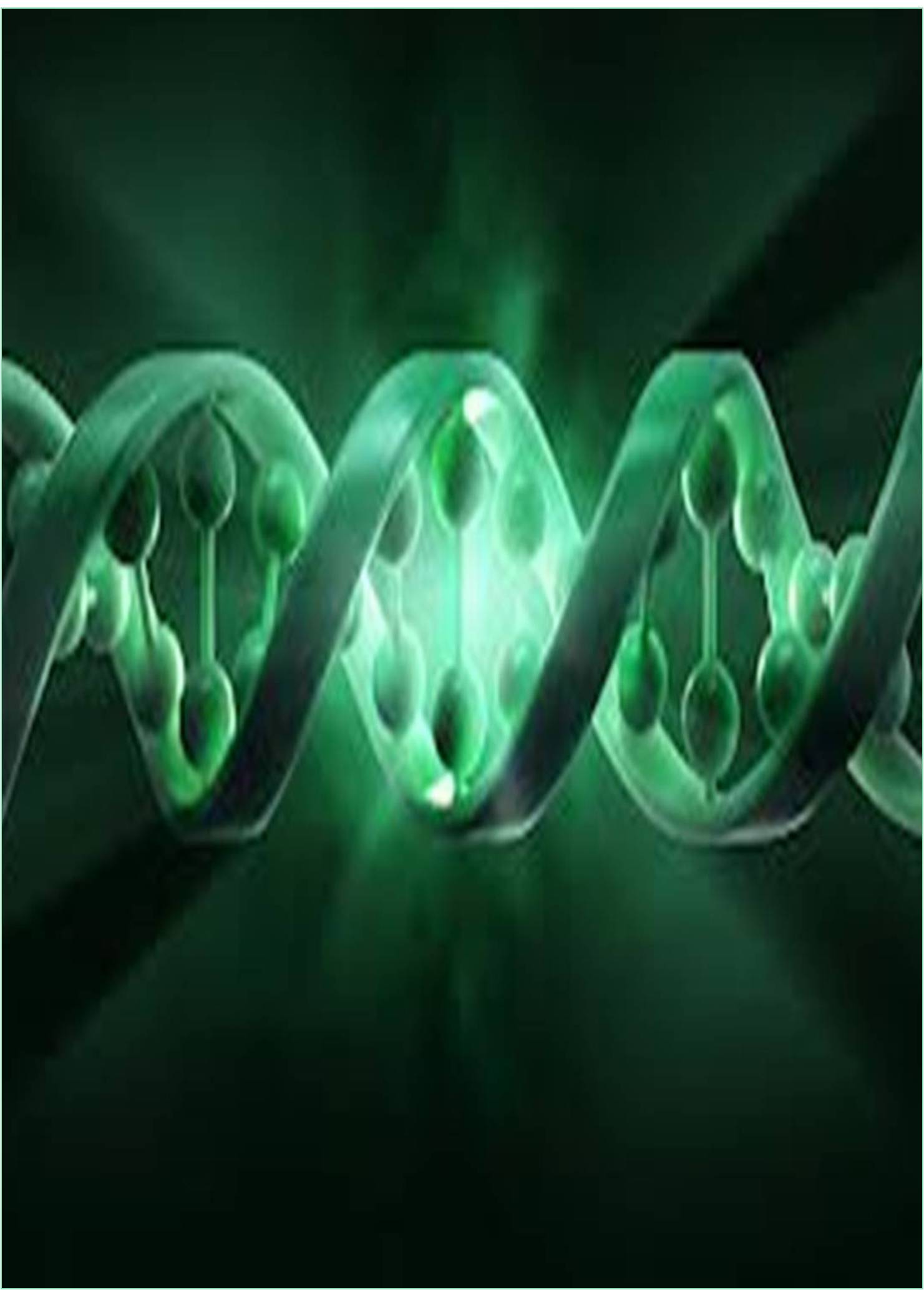



Received: 01-Aug-2022, Manuscript No. GJMEG-22-73202; Editor assigned: 03-Aug-2022, Pre QC No. GJMEG-22-73202(PQ); Reviewed: 17-Aug-2022, QC No. GJMEG-22-73202; Revised: 24-Aug-2022, Manuscript No. GJMEG-22-73202(R); Published: 31-Aug-2022, DOI: 10.15651/GJMEG.22.08.008
Colorectal Cancer (CRC) is one of the primary malignant tumors of the digestive tract. It is estimated that there are approximately 1.4 million new CRC diagnoses each year and approximately 694,000 people died of CRC in 2012. The historical changes in risk factors, and advances in early detection and treatment, the incidence and mortality of CRC are decreasing over the past 2 decades, but the situation is still not optimistic. Although studies have found that genetic mutations, diet, inflammation, and gut microbiota can play roles in the occurrence and development of CRC, the pathogenesis of CRC remains unclear. There has been a significant development of the molecular understanding of colorectal carcinogenesis in the last 30 years.
Increasing evidences have shown that CRC is a polygenic disease, and these genes may be oncogenes, tumor suppressor genes, mismatch repair genes, and cell cycle regulating genes. In the past three decades, the APC, KRAS, and TP53 genes have been considered to be important tumor suppressor genes or oncogenes. Wnt/β- catenin, RAS-Extracellular signal-Regulated Kinase (ERK), p38α-Mitogen-Activated Protein Kinase (MAPK), Hippo, and Serrated pathway may play critical roles in the development of CRC. These genes and pathways can severe as diagnostic biomarkers and therapeutic targets, and also be used to evaluate the clinicopathological features of CRC.
Currently, stool-based tests (eg, guaiac-based fecal occult blood testing, immunochemical-based fecal occult blood testing, stool DNA testing), endoscopy (eg, flexible sigmoidoscopy, colonoscopy), imaging (eg, doublecontrast barium enema, computed tomographic colonography) and pathological biopsy are effective screening and diagnostic methods for CRC. Despite strong evidence that CRC screening reduces the incidence and mortality effectively, CRC screening rates are still low worldwide. Approximately 31% of US adults had never been screened for CRC in 2018, Japan’s target population of CRC screenings that had been done was less than 50% in 2013, and the target population’s participation rate in CRC screening was lower in China. Therefore, the treatment of CRC is still very important. In the treatment of cancer, precision medicine is the current trend.
Bioinformatics methods have been applied as very important tools to predict cancer-related genes. In our study, we screened the Differentially Expressed Genes (DEGs) between CRC and normal tissues in five datasets from Gene Expression Omnibus (GEO). Subsequently, Gene Ontology (GO) functional annotation analysis and Kyoto Encyclopedia of Genes and Genomes (KEGG) pathways analysis were performed for the screened DEGs. Then, we established Protein–Protein Interaction (PPI) network of the DEGs and selected the hub genes related to CRC. Moreover, expression validation and survival analysis of these hub genes were analyzed using GEPIA platform and Kaplan–Meier plotter.
CRC is the second largest malignant tumor of the digestive system, and the third most lethal malignancy in the world. The 5-year survival rate of patients with CRC at its early stage is 90%, while that of patients at later stages was less than 12%. Currently, the treatment of colorectal cancer is still mainly surgical resection, chemotherapy and physical therapy. However, due to the insufficient diagnostic methods for early-onset CRC, the vast majority of patients have been diagnosed at a late stage; and due to gene mutation and changes in immune microenvironment in the process of tumor development, chemotherapy cannot achieve targeted efficacy, resulting in a high mortality rate. Monoamine Oxidases (MAOs) including MAOA and MAOB are enzymes located on the outer membranes of mitochondria, which are responsible for catalyzing monoamine oxidation. Recently, increased level of MAOs was shown in several cancer types. Elevation of MAOB activity in cells resulted in induction of oxidative stress in association with mitochondrial dysfunction.